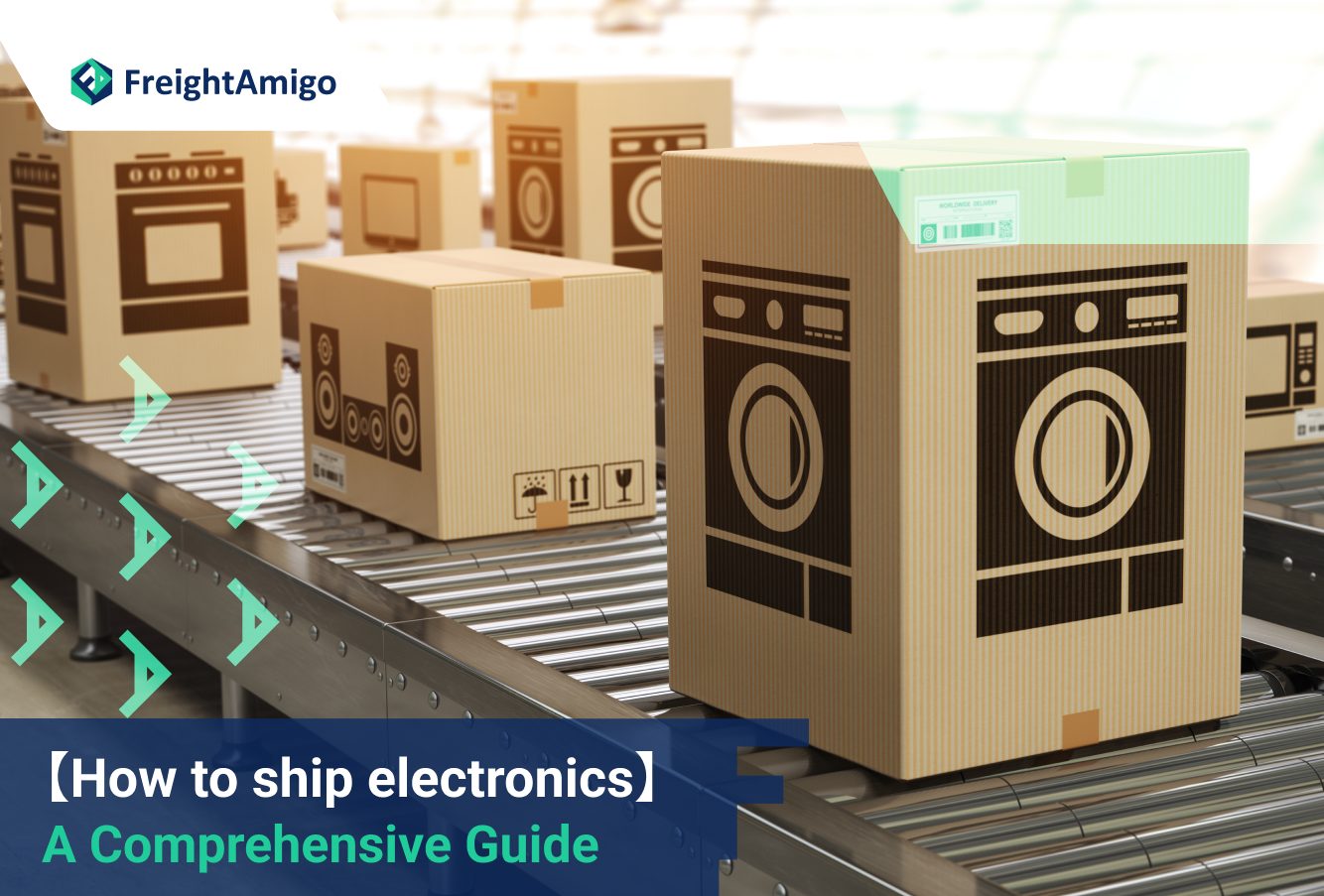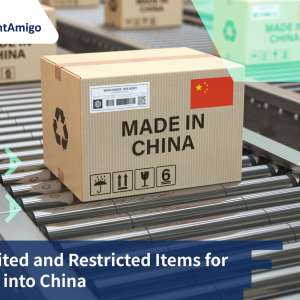18th January, 2024 Caspian Ng – Marketing Analyst at FreightAmigo
Introduction of Shipping Electronics
Discover a comprehensive guide to effectively shipping electronics, offering valuable insights and practical tips for the secure transportation of various electronic devices. From computers and laptops to TVs and gaming PCs, this guide covers the essential steps, materials, and considerations involved in shipping these fragile items. Whether you’re an individual selling electronics online or a business shipping products to customers, understanding the proper packaging techniques and selecting reliable courier services is crucial. By following this comprehensive guide, you can ensure the secure and efficient transportation of electronics while minimizing the risk of damage and providing peace of mind to both sellers and recipients. Here is a complete guideline on how to properly ship electronics :
Want to compare the best Express, Air Freight, Sea Freight, Rail Freight & Trucking rates so as to have better control on cost?
How to prepare electronics for shipping
To package fragile electronics properly, wrap each item individually with bubble wrap, including corners and edges. Add a layer of aluminum over sensitive devices. Fill empty spaces in the shipping box with foam inserts for cushioning. Seal the box securely with packing tape, labeling it as “fragile.” Choose a reliable shipping carrier and consider additional measures like signature confirmation and insurance. Understand shipping costs, transit times, and international requirements. Following these steps ensures proper packaging and minimizes the risk of damage to fragile electronics during shipping. For a more detailed procedure for packaging electronics, read our blog below:
Materials for Packing Electronics
Factors to consider when transporting electronic products include the size, weight, and fragility of the electronics, as well as the mode and duration of transportation. Common materials like corrugated cardboard boxes, foam inserts, and bubble wrap offer excellent protection. To pack electronics safely, disassemble, if possible, use proper cushioning, secure cables and accessories separately, label fragile items, and seal the package securely. By considering these factors and following valuable tips, you can ensure the safe and secure transportation of electronic products. For further guidance, read our detailed blog on choosing the right materials.
Read more: The Ultimate Guide to Packaging for Shipping Electronics
How much does it cost to ship electronics & How long does it takes
The cost of shipping electronics can vary depending on factors such as the size, weight, destination, and chosen shipping carrier. Generally, shipping fees for smaller electronic devices like smartphones or tablets can range from US$10 to US$30 domestically, while larger items such as TVs or gaming PCs may cost between US$40 and US$150 or more. Transit times also depend on the shipping method selected, ranging 2 -7 days for international courier services. Read on to discover our expert guide to equip you with the knowledge needed to navigate the cost and transit time of shipping electronics.
Read more: Cost of Shipping Electronics
How to Ship a Computer
To ship a computer or laptop, you will need materials such as a suitable shipping box (original box or computer shipping box), plastic or bubble wrap for protecting the components, foam inserts or bubble wrap for cushioning, cable ties for securing cables and accessories, and packing tape for sealing the box. When shipping the computer, make sure it is clean and powered down, protect the components with plastic or bubble wrap, secure the cables and accessories separately, place the computer in the box with adequate cushioning, and seal the box tightly with packing tape. Read on for a comprehensive guide as we guide you through the process of safely shipping your computer.
Read more: How to Safely Ship a Computer
How to Ship TV
To pack a TV for shipping, you will need a TV box (original or specialized), packing tape, a marker, plastic bags, twist ties, padding material (bubble wrap or styrofoam), and additional protective materials. Clean the TV, detach it from the stand, and store small parts in bags. Wrap the stand and cables, protect the screen with foam, and place the TV in the box with cushioning. Seal the box tightly, label it as “FRAGILE,” and choose a courier service like USPS, FedEx, or UPS for shipping. With our comprehensive instructions, you can approach the entire process with confidence, ensuring your TV will be transported smoothly and safely.
Read more: How to Ship a TV
How to Ship Gaming PC
To ship a gaming PC, gather materials such as anti-static bags, packing peanuts or foam, bubble wrap, cardboard boxes, packaging tape, and cable ties. Start by placing the PC in an anti-static bag, wrapping it in bubble wrap, and securely packing it in a cardboard box with ample padding. Use packaging tape to seal the box and consider packing any additional components separately. To prevent damage, choose a reliable shipping carrier, opt for tracking and insurance options, label the package as “Fragile,” and communicate specific handling instructions. Deliver the package to the carrier, pay the shipping fees, obtain a receipt or tracking number, and monitor the shipment’s progress. For a more detailed gaming PC shipping guide, read our detailed blog below:
Read more: How to Safely Ship Your Precious Gaming PC
There are different options for cargo transportation. If you want to choose the most convenient and suitable solution, it is best to have the full support of logistics experts! If you are planning to ship goods overseas, please go to the FreightAmigo page for inquiries.
Popular Shipping Routes:
Shipping from Hong Kong to the United States
Shipping from Hong Kong to Mainland China
Shipping from Hong Kong to Canada
Shipping from Hong Kong to Vietnam
If you have any inquiries on logistics/supply chain, feel free to contact FreightAmigo now:
Chat with us online | Hotline: +852 28121686 | WhatsApp: +852 27467829









































